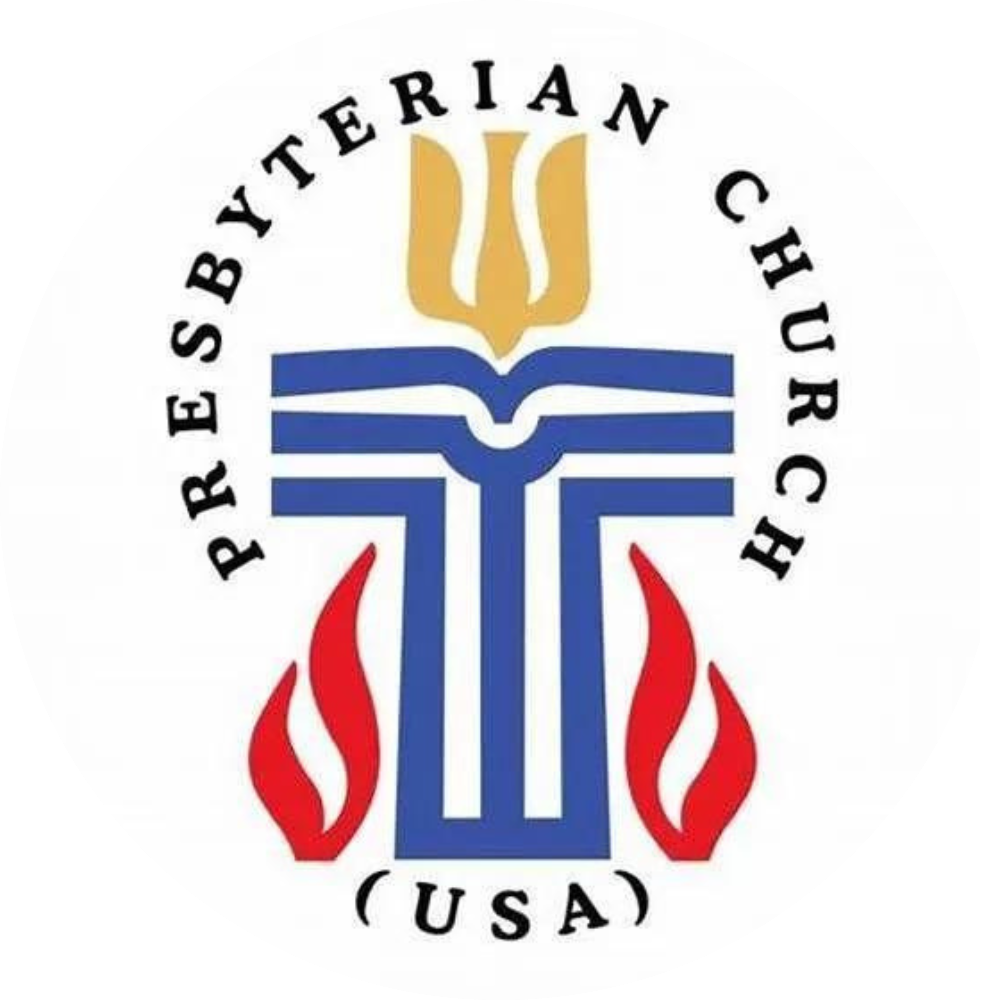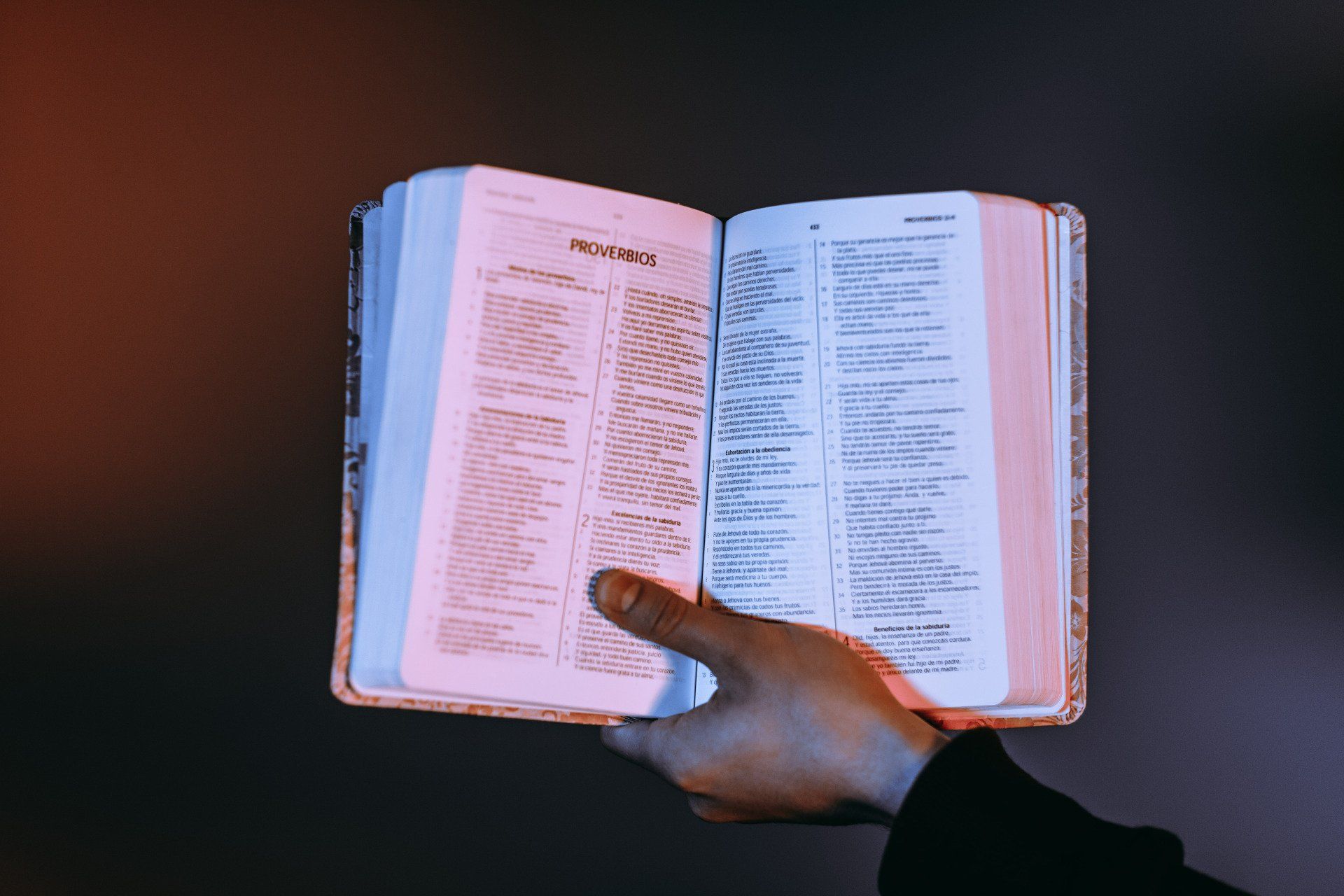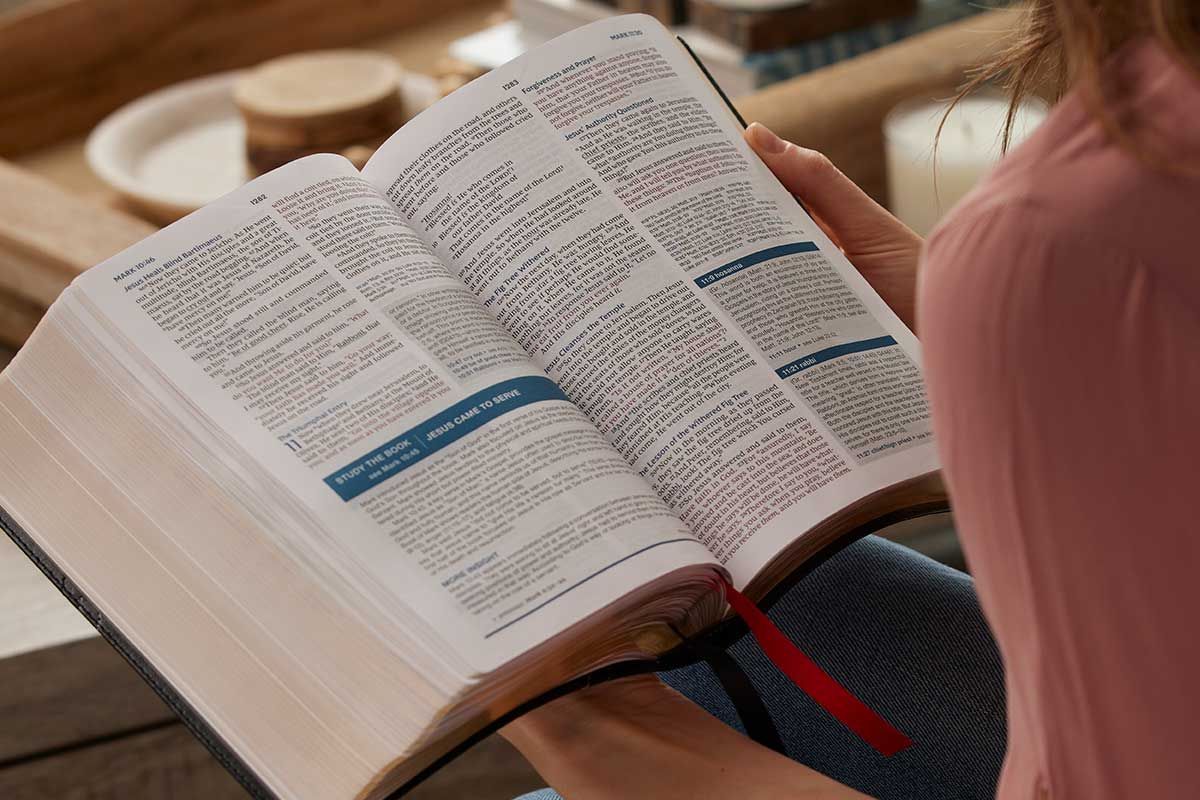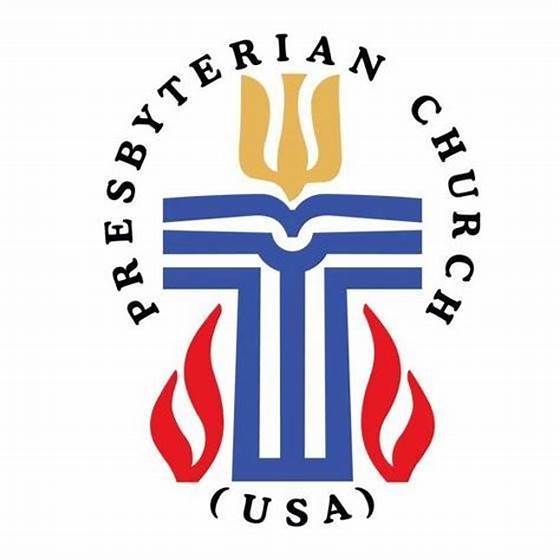
First Presbyterian Church of Mount Clemens
The Science Paradox
When the answers to the Big Questions eludes the scientist, they are befuddled.
‘The heavens declare the glory of God.
The skies proclaim the work of his hands.
Lord, my Rock and my Redeemer.” Psalm 19:1,14b)
There is a phrase that March comes in like a lion and goes out like a lamb. So far, though it appears that March is going to come in like a lamb with some warm weather. I can only hope that the reverse will not be true because Easter comes on the last Sunday of March. We will just have to wait and see.
There are plenty of scientists out there who can try to predict the weather but, in the end, we just have to say “things happen” when they run out of scientific explanations. The Psalmist, though, is clear that everything that we see and everything unseen was created by our Almighty God. When something happens that cannot be easily explained by science, the scientist is befuddled. Many scientists have moved from being an atheist to believers in Creator God after all other possibilities fail. Those who cannot bring themselves to believe in a higher power, simply say, “Well it must have always been here.”
In a book entitled, Magic Soup, Typing Monkeys, and Horny Aliens Rom Outer Space: The Patently Absurd Wholly Unsubstantiated and Extravagantly Failed Atheist Origin Myth by Evan Sayet (a strange title to be sure), the author states, “If you are of the belief that science has answered all of the Big Questions of creation and design, and, in having done so, has left the God of the Bible in the pile of discarded superstitions, folklore, legends, and myths of the past, you could not possibly be more mistaken.”
When a scientist cannot come up with a valid answer, they simply say “things happen”, but the author says that this is an admission that there is simply no reasonable scientific explanation can be given.
When we can look beyond science, we realize that the universe and everything in it-matter, energy, space, and time-had a beginning somewhere and somehow. This reminds me of the question, which came first, the chicken or the egg? Steven Meyer, says that “Clearly matter and energy could not have caused themselves to come into existence before they existed.” I wonder if he would agree then that we could not have an egg if there was not a chicken first. If you think back to the creation story, God created the animals. They were not embryos or amoeba that formed over time, The only conclusion that can be reached is that there had to be a Creator, someone who could make something out of nothing. Amazing yet paradoxical for those who cannot see beyond the material.
Throughout the year and especially during Lent, we may struggle with the Big Questions. We try to figure out why things happen the way they do, whether it is through the understanding of nature or humanity, and most times we must admit that there are answers beyond our ability to grasp. It is then that we begin to open our hearts and minds to the reality that there is something bigger and greater than mere humans. It is then when we fall to our knees and lift our voices in praise and thanksgiving to a Creator and Redeemer who loves us more than we could ever imagine.
May we help those who do not believe to see God in the miracles o this world, especially in the miracle of resurrection this Easter.
I thank God for you,
Pastor Kathy Nealand



Office Hours
- Tuesday - 9 to 2 pm
- Wednesday - 10 to 3 pm
- Thursday - 10 to 3 pm
- Friday - 9 to 2 pm
Sunday Worship: 10 am
Summer Worship - June through First Sunday in September - 9:30 am
Office Phone: 1-586-465-0461
Office e-mail: office@fpcmtclemens.com


